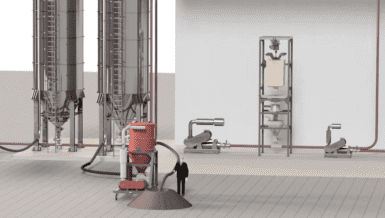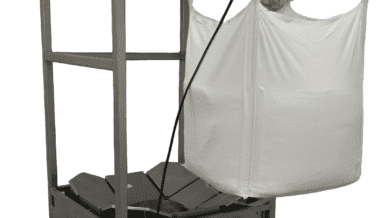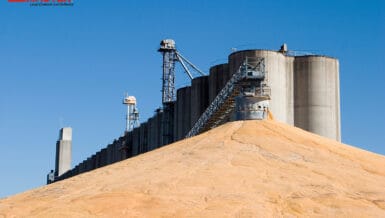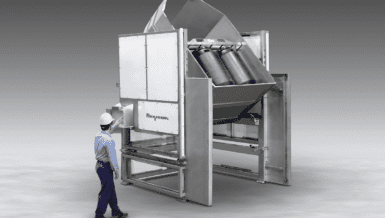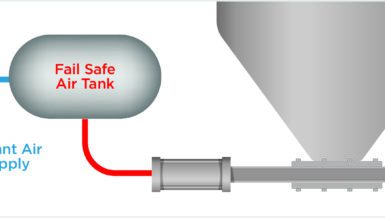The ability to load ships quickly is a decisive productivity factor. It is important to adapt the technology implemented in ports to the local space constraints and the size of the vessels – as well as to take account of the characteristics of the transported material. “Ports are faced with the challenge of increasing their performance,” explains Lukas Paul, Head of Ports & Terminals at BEUMER Group. To remain competitive, operators must constantly expand their terminals. “That is just one of the challenges. It is necessary to ensure economically viable and environmentally responsible operation and, first and foremost, cost efficiency.” When it comes to dry bulk handling equipment, BEUMER Group is there to help. The system provider supports operators – starting with every aspect of conveyor technology and through to the loading of the ships.
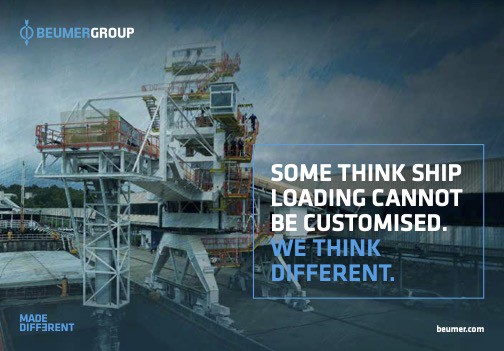
“When customers come to us, we sit down with them and talk,” explains BEUMER expert Paul. “In most cases, they know their everyday workflows extremely well and are aware of where the weak points and bottlenecks are.” To ensure the efficient handling of dry bulk, they must constantly adapt or expand their terminals. However, the restricted space available in ports often presents a difficulty. This means that operators face the challenge of integrating new storage areas – and these are not always in the immediate vicinity of the port. To use these areas, environmentally friendly conveyor systems represent an alternative to trucks.
Belt conveyors as a cost-efficient alternative
Belt conveyors can be used to transport various bulk materials from and to the port. BEUMER Group supplies a variety of solutions depending on the intended use. Troughed belt conveyors, for example, permit high mass flows. They have an open design and are therefore suitable for coarse materials and very large volumes. Pipe conveyors, by contrast, have other specific advantages. The idlers shape the belt into a closed tube. This protects the transported material against external influences and also protects the environment against emissions such as dust or material loss. Panels with hexagonal cutouts and idler rollers in an offset arrangement keep the tube closed. Pipe conveyors are able to cope with tighter curves and larger angles of inclination than are possible with an open troughed belt conveyor. Their enclosed design also enables them to handle various bulk materials securely without any danger of cross-contamination. They also protect the health of the people who work at the facility or live nearby – for example, when bulk metal concentrates are being transported.






